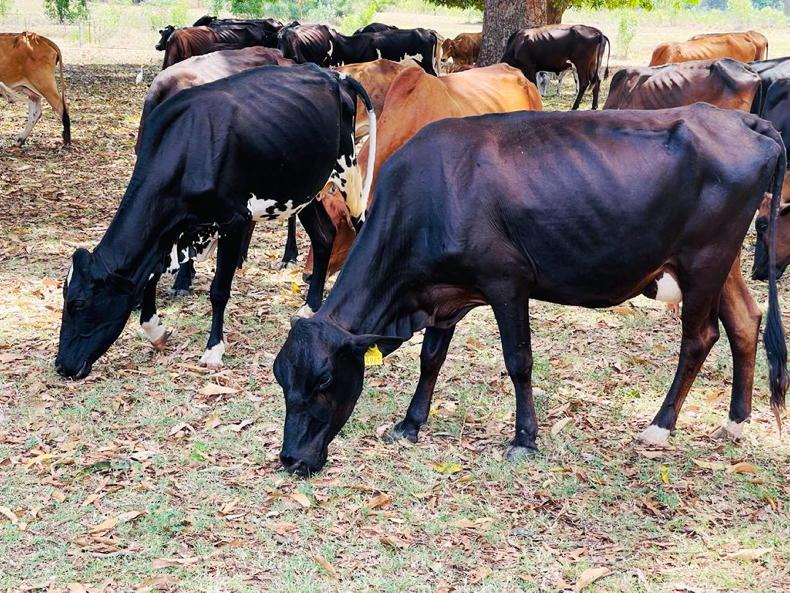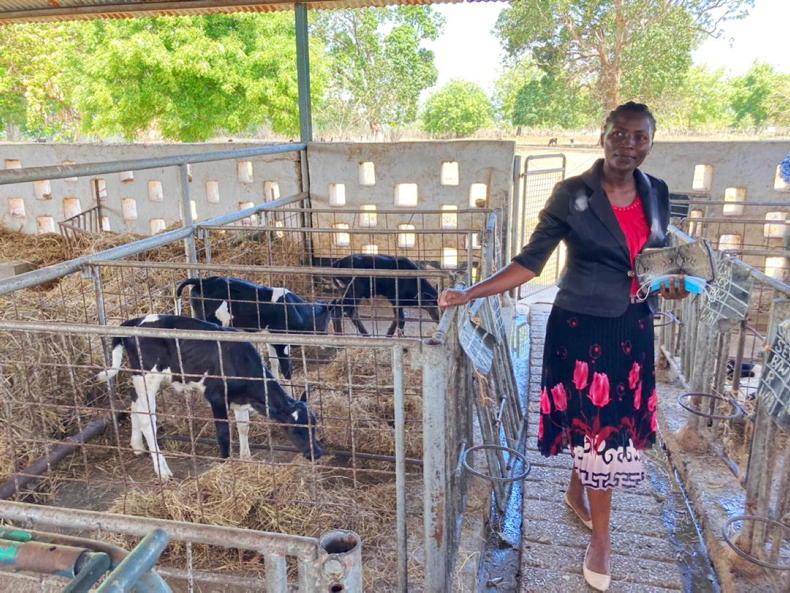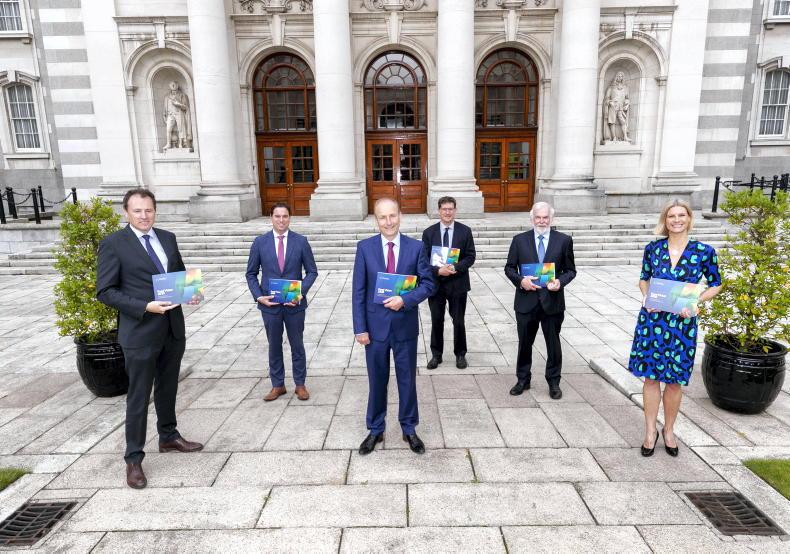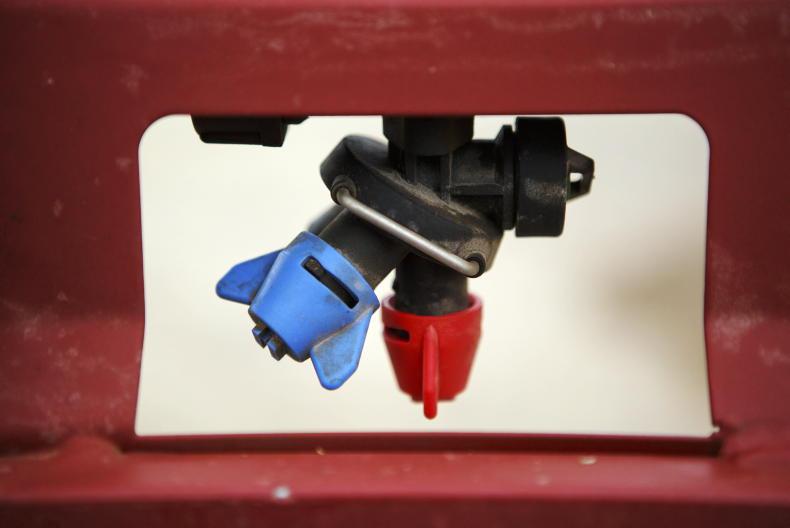Teagasc is working with farmers in Tanzania to improve dairy production in the east African country.
The project is funded through the Embassy of Ireland, Tanzania, and has been set up to develop the capacity of key institutes and actors across the dairy value chain in Tanzania, focused in the Tanga region of the country.
Tanzania is more than 10 times the size of Ireland, with an estimated population of 60m people and an estimated cattle herd of 25m.
The majority of dairy production in the region comes from pastoral systems and small one- and two-cow herds.
Yesterday, we joined reps from @teagasc, Ireland’s Agriculture and Food Development Authority, to visit Tanzania Livestock Research Institute (TALIRI) facilities in Tanga. ???? is supporting @teagasc and @SFS_Ireland to implement the Greening the Dairy Value Chain in ???? project. pic.twitter.com/E78DRFqJxz
— Irish Embassy Dar (@IrlEmbTanzania) November 24, 2021
Research
The project’s initial activity involves a collaboration between Teagasc and the Tanzania Livestock Research Institute (TALIRI).
TALIRI is a Tanzanian government-funded agricultural research centre focused on dairy production in Tanga.
Head of Teagasc’s livestock systems department Dr Padraig French is the technical lead on this project, which is part of an international work programme headed up by Paul Maher, Teagasc.
Representatives from the Embassy of Ireland, Tanzania, and Sustainable Food Systems Ireland (SFSI) are also partaking in the cross-agency sustainable development work.

As part of the project, new initiatives will be established in the TALIRI Tanga research centre. These will be focused initially on quality forage production for the dairy herd and improved animal data management.
Local groups
Team Ireland met with a range of local farming groups, including farmers, milk assembly and collection groups, milk processors, local district officials, extension agents, personnel from other projects active in the region, education providers and researchers.
The group observed the mixed dairy cow breeds farmed in Tanzania with limited to no access to performance data for breeding selection.
In recent months, the Tanga region has experienced periods of extreme heat, drought and fodder scarcity.
Many farmers are keeping their cows in modest accommodation, which is required to shade animals from the sun. Temperatures can reach 30°C.
Forage is often 'cut and carried' to feed the cows kept in this accommodation. Such housing is often adjacent to similar housing for the farmer’s family.
Collaboration
Paul Maher described the ongoing work in Tanzania as one example of collaborative work between Irish agencies in Africa.
The projects, which are all in different stages, are aimed at building the capacity in developing countries for enhancing food production in an environmentally sustainable way through the sharing of knowledge.
“We all need to share information and effort to develop future sustainable food production systems. There’s not much point in reducing greenhouse gas emissions here in Ireland if we can’t help others achieve the same ambition.”

The recent team Ireland trip to Tanzania took place from 21 November to 27 November and was described by Dr French as having “effectively kicked off the project which is expected to run for the next five years”.
The project’s continuation will include regular visits of Irish researchers to Tanzania and vice versa.
If COVID-19 restrictions allow, there will be a reciprocal visit from the TALIRI team to Ireland in 2022.










SHARING OPTIONS